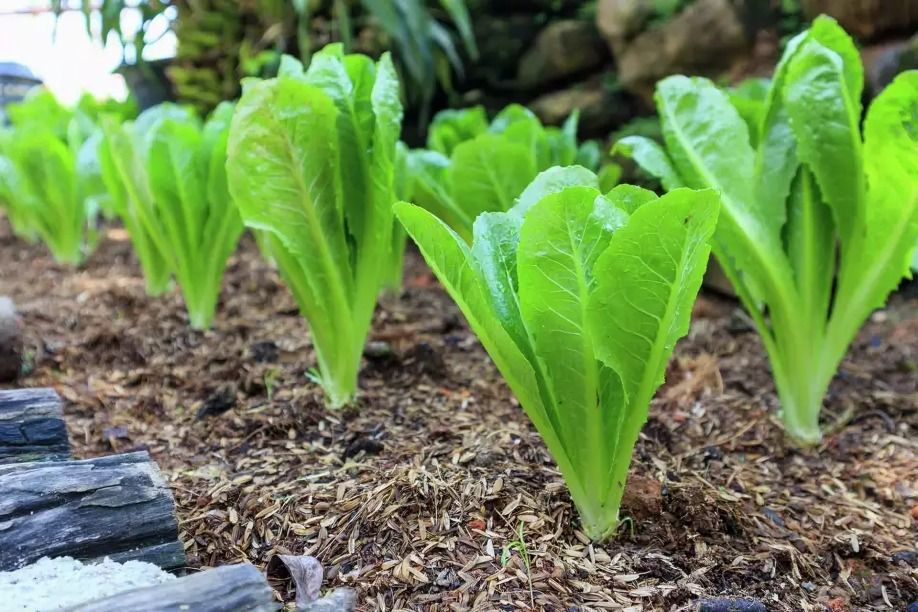
“
Lettuce is more than just a crunchy addition to your salad; it's a leafy green with a rich history and numerous health benefits. In this article, we delve into the splendid facts about lettuce that make it a staple in diets around the world. From its origins in ancient Egypt to its role in modern cuisine, lettuce has been celebrated for its refreshing taste and nutritional value. 1
1
1
”
Lettuce promotes sleep due to lactucarium, a milky fluid with sedative and pain-relieving properties. Consuming large amounts of lettuce may make you feel sleepy, as this natural compound helps induce relaxation and improve sleep quality. 1
2
Lettuce varieties include butterhead, romaine, crisphead, and loose-leaf, each offering unique flavors and textures. From tender butterhead to crunchy romaine, lettuce's diversity makes it versatile for salads, wraps, and more. 3
Spain and Italy lead global lettuce production, contributing about 9% of the world’s total. With Turkey and France, these countries produce nearly 3 million tons annually, supporting research and virus management. 4

Leah Shutkever set the record for the fastest time to eat a head of lettuce, finishing in 46.53 seconds on August 3, 2023, in London, UK. She is renowned for breaking food-eating records.
Lettuce is composed of approximately 95% water, making it one of the most hydrating vegetables available. This high water content not only supports hydration but also contributes to improved skin health and overall well-being. 5
A 2013 study by Dr. Janet Braam revealed that lettuce continues responding to light after harvest, suggesting that specific light conditions can enhance its nutrient content during storage. 6
Lettuce contains lactucarium, known as "lettuce opium," with mild sedative properties. Historically, it has been used in herbal medicine to promote sleep and relieve pain. 7
In 2015, astronauts on the International Space Station grew lettuce as part of NASA's Veggie experiment, marking the first successful cultivation and consumption of fresh food in space. 8
Lettuce contains antioxidants like beta-carotene and lutein, which protect cells from oxidative stress and may reduce the risk of chronic diseases, including heart disease and cancer. 9
Lettuce extracts are used in cosmetics and skincare products for their hydrating and soothing properties. These extracts calm irritated skin and provide moisture, making them popular in lotions and creams. 10
Certain lettuce varieties, especially bitter ones, produce natural compounds that repel insects. This makes lettuce a valuable companion plant in organic gardening, protecting neighboring crops from pests. 11
Lettuce is highly perishable, losing crispness quickly. However, storing it at cooler temperatures (32°F to 36°F) can extend its shelf life and maintain its freshness longer. 12
Lettuce is often eaten raw in salads, but it can also be cooked. Sautéing or grilling lettuce enhances its flavor and adds a unique texture, offering a delicious alternative to the traditional raw preparation. 13

Some lettuce varieties, like romaine, are sensitive to light, which can cause them to bolt and turn bitter. Farmers carefully harvest them early to preserve their crisp, sweet flavor.
Lettuce has a relatively short growing season, typically maturing in 30 to 70 days. It's a cool-season crop, thriving in temperatures between 60°F to 70°F, making it ideal for spring or fall planting in most regions. 14
Lettuce, with its low-calorie density and high water content, is ideal for weight management. It adds volume to meals, promoting fullness without adding many calories, making it a popular choice for dieters. 15
Lettuce is generally healthy but can sometimes carry harmful bacteria like Salmonella or Listeria. Contamination occurs due to water runoff from livestock farms, leading to occasional recalls. 16
Lettuce is sometimes pickled in various cultures, particularly in Asian cuisines. This process preserves it, infusing it with bold flavors and showcasing its versatility beyond fresh salads. 17
Lettuce is a common treat for livestock and pets like rabbits, guinea pigs, and tortoises. It provides essential vitamins and moisture, though it should be offered in moderation to avoid digestive issues. 18